Science-child - Space Boii

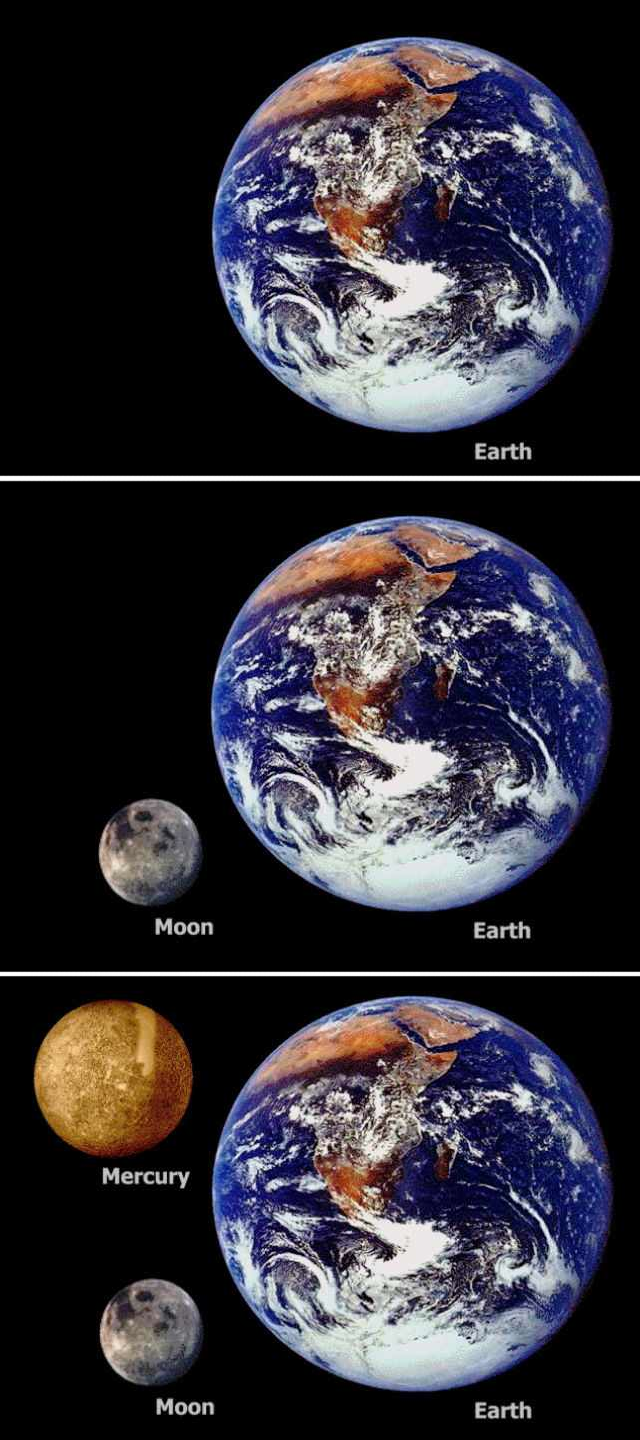
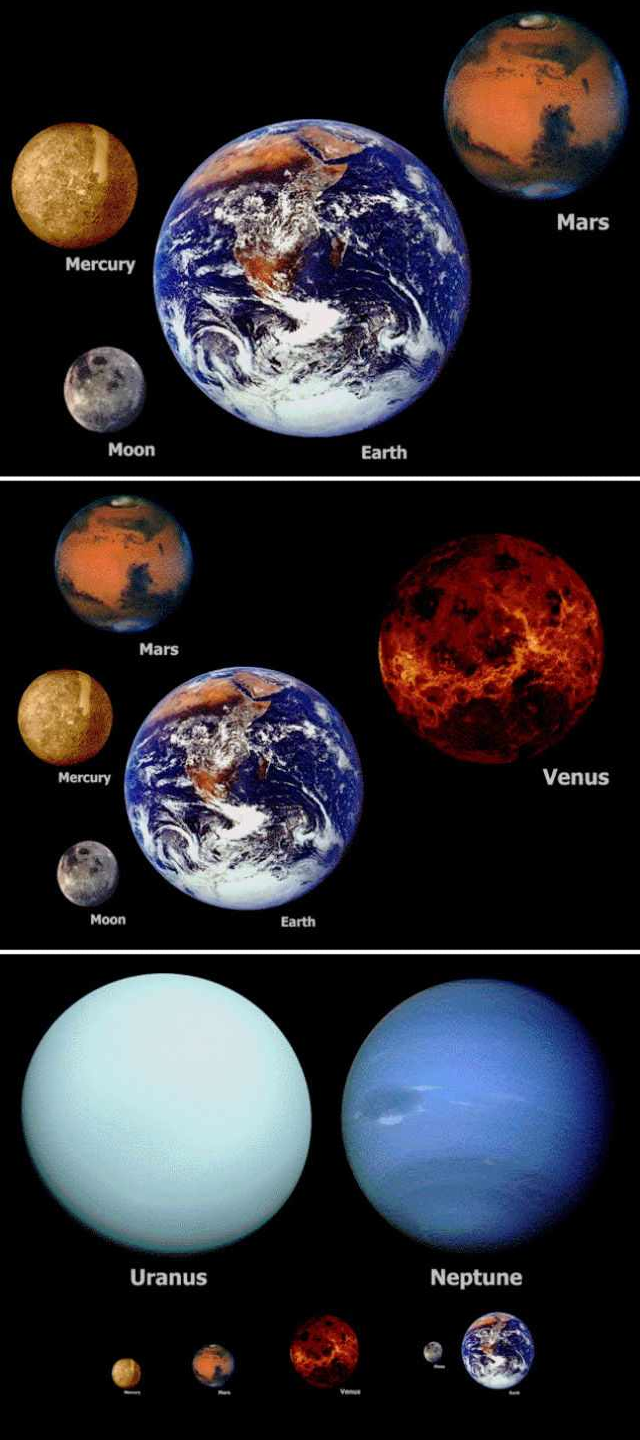
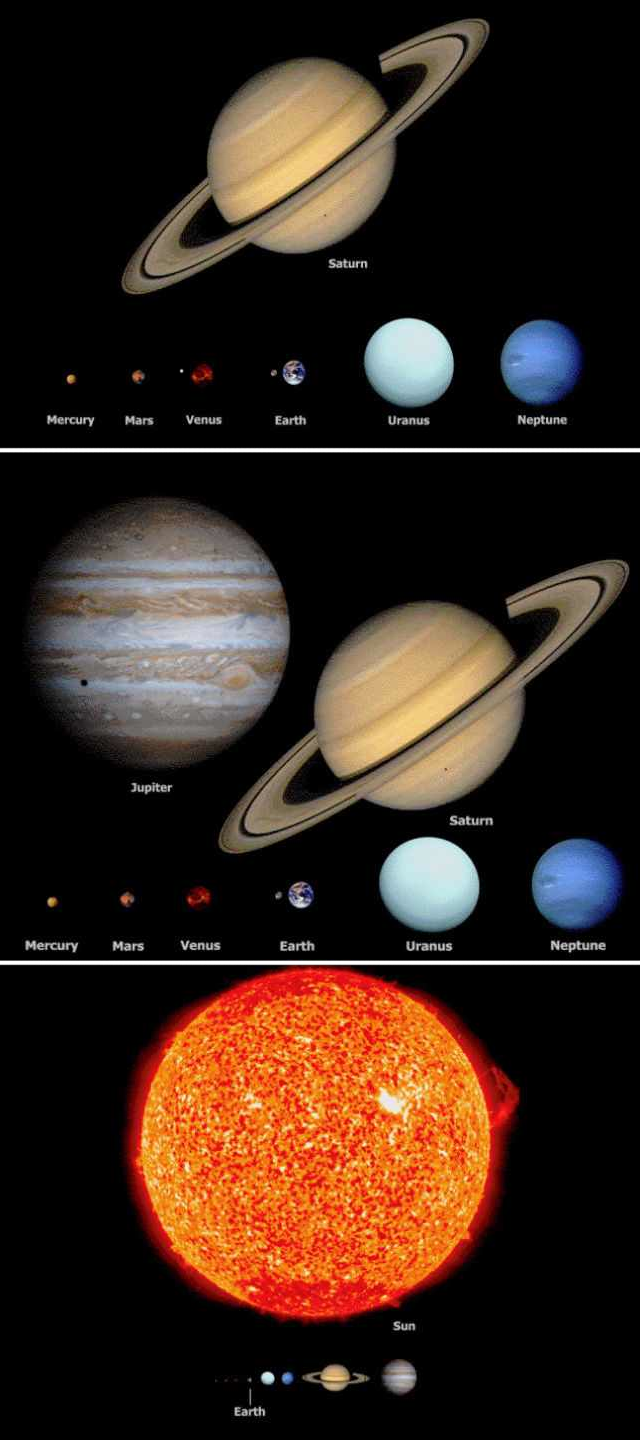
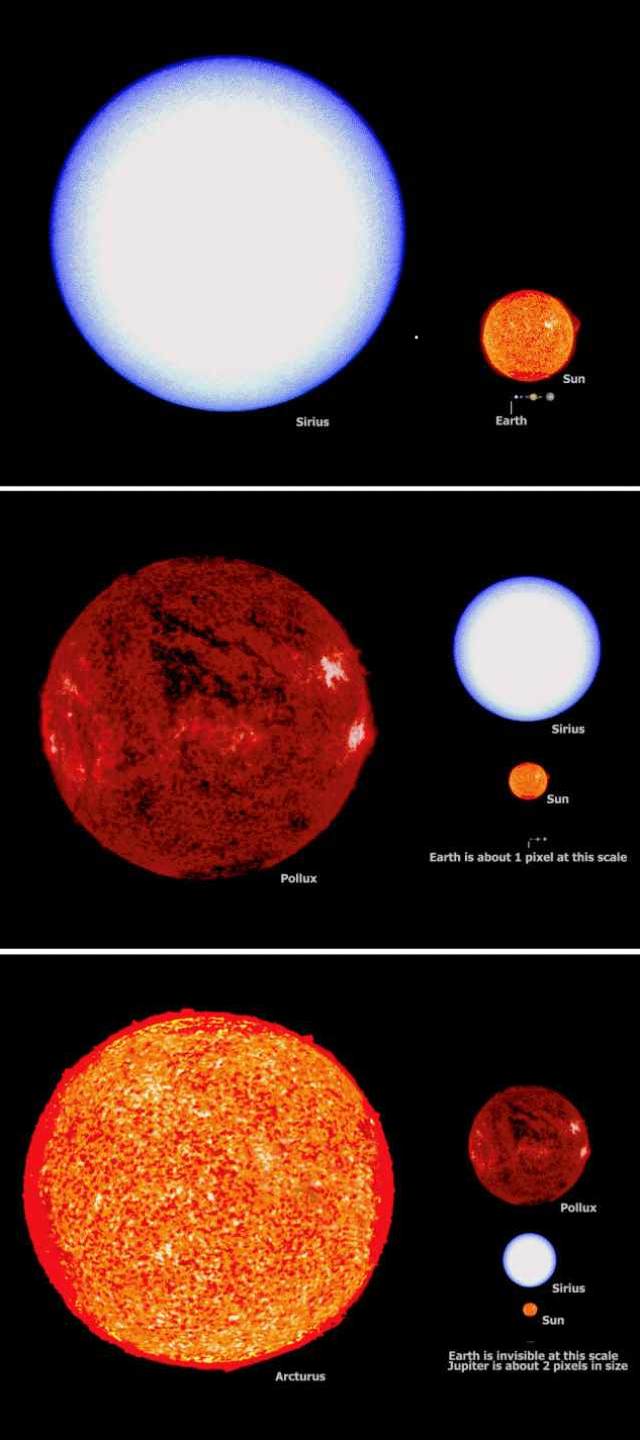



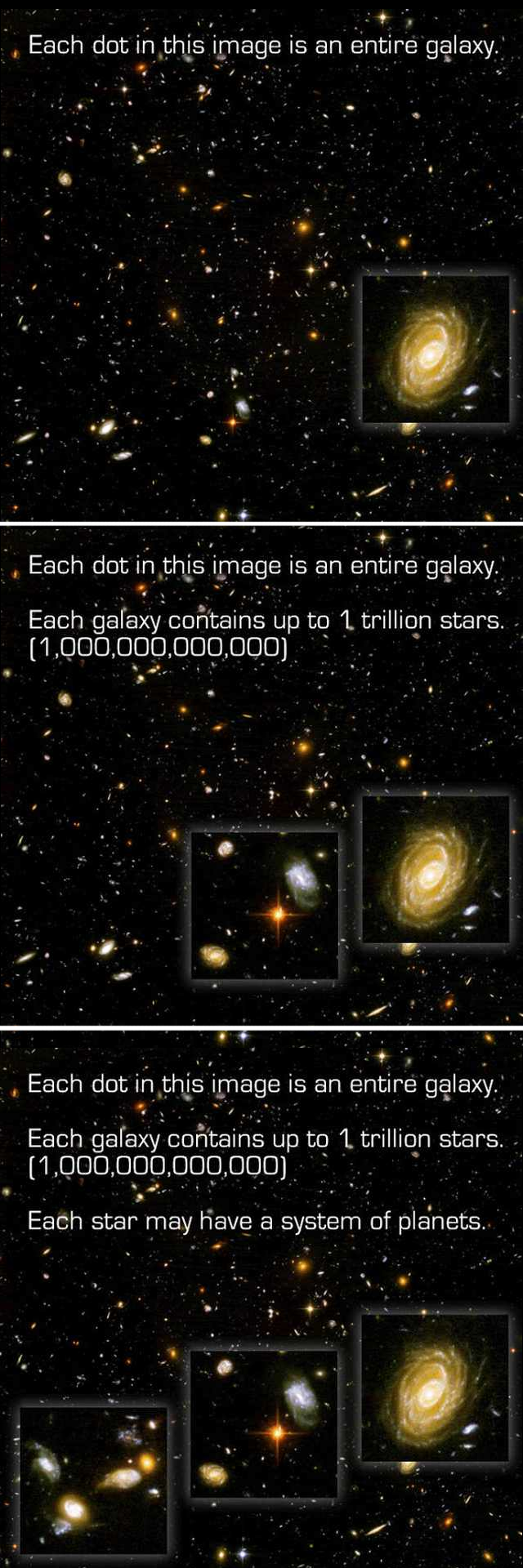

More Posts from Science-child and Others


In Roman mythology, the god Jupiter drew a veil of clouds around himself to hide his mischief. It was only Jupiter’s wife, the goddess Juno, who could peer through the clouds and reveal Jupiter’s true nature. Our @NASAJuno spacecraft is looking beneath the clouds of the massive gas giant, not seeking signs of misbehavior, but helping us to understand the planet’s structure and history… Now, @NASAJuno just published its first findings on the amount of water in the gas giant’s atmosphere. The Juno results estimate that at the equator, water makes up about 0.25% of the molecules in Jupiter’s atmosphere — almost three times that of the Sun. An accurate total estimate of this water is critical to solving the mystery of how our solar system formed.
The JunoCam imager aboard Juno captured this image of Jupiter’s southern equatorial region on Sept. 1, 2017. The bottom image is oriented so Jupiter’s poles (not visible) run left-to-right of frame.
Image credit: NASA/JPL-Caltech/SwRI/MSSS/Kevin M. Gill
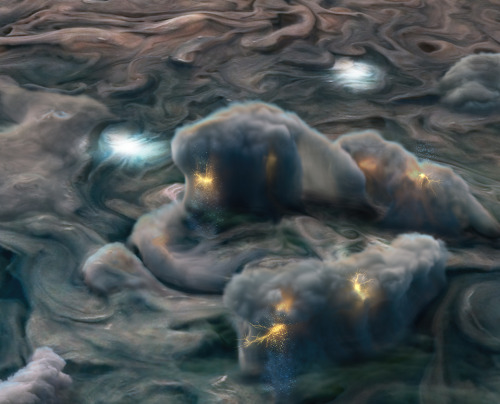
New results from our Juno mission suggest the planet is home to “shallow lightning.” An unexpected form of electrical discharge, shallow lightning comes from a unique ammonia-water solution.
It was previously thought that lightning on Jupiter was similar to Earth, forming only in thunderstorms where water exists in all its phases – ice, liquid, and gas. But flashes observed at altitudes too cold for pure liquid water to exist told a different story. This illustration uses data obtained by the mission to show what these high-altitude electrical storms look like.
Understanding the inner workings of Jupiter allows us to develop theories about atmospheres on other planets and exoplanets!
Illustration Credit: NASA/JPL-Caltech/SwRI/MSSS/Gerald Eichstädt/Heidi N. Becker/Koji Kuramura
Make sure to follow us on Tumblr for your regular dose of space: http://nasa.tumblr.com
How will the audio feed from Perseverance make its way back to Earth?
"If I have seen farther, it is by standing on the shoulders of giants."
-Isaac Newton-
February 5, 1676
Sea Level Rise is on the Rise
As our planet warms, sea levels are rising around the world – and are doing so at an accelerating rate. Currently, global sea level is rising about an eighth of an inch every year.

That may seem insignificant, but it’s 30% more than when NASA launched its first satellite mission to measure ocean heights in 1992 – less than 30 years ago. And people already feel the impacts, as seemingly small increments of sea level rise become big problems along coastlines worldwide.

Higher global temperatures cause our seas to rise, but how? And why are seas rising at a faster and faster rate? There are two main reasons: melting ice and warming waters.
The Ice We See Is Getting Pretty Thin
About two-thirds of global sea level rise comes from melting glaciers and ice sheets, the vast expanses of ice that cover Antarctica and Greenland. In Greenland, most of that ice melt is caused by warmer air temperatures that melt the upper surface of ice sheets, and when giant chunks of ice crack off of the ends of glaciers, adding to the ocean.

In Antarctica – where temperatures stay low year-round – most of the ice loss happens at the edges of glaciers. Warmer ocean water and warmer air meet at the glaciers’ edges, eating away at the floating ice sheets there.

NASA can measure these changes from space. With data from the Ice, Cloud and land Elevation Satellite-2, or ICESat-2, scientists can measure the height of ice sheets to within a fraction of an inch. Since 2006, an average of 318 gigatons of ice per year has melted from Greenland and Antarctica’s ice sheets. To get a sense of how big that is: just one gigaton is enough to cover New York City’s Central Park in ice 1,000 feet deep – almost as tall as the Chrysler Building.
With the Gravity Recovery and Climate Experiment Follow-On (GRACE-FO) mission – a partnership with the German Research Centre for Geosciences – scientists can calculate the mass of ice lost from these vast expanses across Greenland and Antarctica.

It’s not just glaciers in Antarctica and Greenland that are melting, though. Nearly all glaciers have been melting in the last decade, including those in Alaska, High Mountain Asia, South America, and the Canadian Arctic. Because these smaller glaciers are melting quickly, they contribute about the same amount to sea level rise as meltwater from massive ice sheets.

The Water’s Getting Warm
As seawater warms, it takes up more space. When water molecules get warmer, the atoms in those molecules vibrate faster, expanding the volume they take up. This phenomenon is called thermal expansion. It’s an incredibly tiny change in the size of a single water molecule, but added across all the water molecules in all of Earth’s oceans – a single drop contains well over a billion billion molecules – it accounts for about a third of global sea level rise.

So Much to See
While sea level is rising globally, it’s not the same across the planet. Sea levels are rising about an eighth of an inch per year on average worldwide. But some areas may see triple that rate, some may not observe any changes, and some may even experience a drop in sea level. These differences are due to ocean currents, mixing, upwelling of cold water from the deep ocean, winds, movements of heat and freshwater, and Earth’s gravitational pull moving water around. When ice melts from Greenland, for example, the drop in mass decreases the gravitational pull from the ice sheet, causing water to slosh to the shores of South America.
That’s where our view from space comes in. We’re launching Sentinel-6 Michael Freilich, an international partnership satellite, to continue our decades-long record of global sea level rise.

Are You Up to the Task of Navigating Space with NASA?

We’re committed to exploration and discovery, journeying to the Moon, Mars, and beyond. But how do we guide our missions on their voyage among the stars? Navigation engineers lead the way!
Using complex mathematical formulas, navigation experts calculate where our spacecraft are and where they’re headed. No matter the destination, navigating the stars is a complicated challenge that faces all our missions. But, we think you’re up to the task!
Our space navigation workbook lets you explore the techniques and mathematical concepts used by navigation engineers. The book delves into groundbreaking navigation innovations like miniaturized atomic clocks, autonomous navigation technologies, using GPS signals at the Moon, and guiding missions through the solar system with X-ray emissions from pulsars — a type of neutron star. It also introduces you to experts working with NASA’s Space Communications and Navigation program at Goddard Space Flight Center in Greenbelt, Maryland.
If you’re a high schooler who dreams of guiding a rover across the rocky surface of Mars or planning the trajectory of an observer swinging around Venus en route to the Sun, this workbook is for you! Download it today and start your adventure with NASA: https://go.nasa.gov/3i7Pzqr
That's true with stars. We can never see stars or planets in the 'now' bc it took the light we are seeing time to get to us.
Even the sunlight takes 8 minutes to travel from the sun to earth, so if the sun exploded, we wouldn't know for 8 minutes.
In 2015, LIGO detected some gravitational waves from something that happened 1.3 billion years ago, in the constellation, Hydra. If you were on Hydra looking at Earth rn, you'd be seeing Earth from 1.3 billion years ago. 1.3 billion years ago, we were in the Mesoproterozoic Era here on earth. Life was just beginning to develop into multi-cellular organisms.
In conclusion: yes
wait i was in a tiktok comment section for something abt space and im no scientist obviously, but what if the reason we haven't found proof of life in space yet is because light takes time to travel from there to earth. like we arent seeing what's currently happening up there just what was happening way in the past.
Gravitational Waves in the Space-Time Continuum
Einstein's Theories of Relativity
Einstein has two theories of relativity. The first is The Theory of Special Relativity (1905). This is a theory of mechanics that correctly describes the motions of objects moving near the speed of light. This theory predicts that mass increases with velocity. The equation is E=MC^2 or Energy = Mass × Speed of Light ^2.
In 1916, Einstein proposed the Theory of General Relativity, which generalized his Theory of Special Relativity and had the first predictions of gravitational waves. It implied a few things.
Space-Time is a 4-Dimensional continuum.
Principle of equivalence of gravitational and inertial mass.
This suggests that Mass-Energy distorts the fabric of space-time in a predictable way (gravitational waves). It also implies
Strong gravitational force makes time slow down.
Light is altered by gravity
Gravity in strong gravitational fields will no longer obey Newton's Inverse-Square Law.
What is Newton's Inverse-Square Law?
Newton's Inverse-Square Law suggests that the force of gravity between any two objects is inversely proportional to the square of the separation distance between the two centers.
Stephen Hawking's Theory of Everything
Stephen Hawking's Theory of Everything is the solution to Einstein's equation in his Theory of General Relativity. It says that the mass density of the universe exceeds the critical density.
Critical Density: amount of mass needed to make a universe adopt a flat geometry.
This theory states that when the universe gets too big it will crash back into its center in a "Big Crunch" creating giant black hole. The energy from this "Big Crunch" will rebound and create a new "Big Bang".
Big Crunch: hypothetical scenario for the end of the known universe. The expansion of the universe will reverse and collapse on itself. The energy generated will create a new Big Bang, creating a new universe.
Big Bang: Matter will expand from a single point from a state of high density and matter. This will mark the birth of a new universe.
Basic Facts about Gravitational Waves
Invisible "ripples" in the Space-Time Continuum
Travel at the speed of light
186,000 miles per second / 299,337.984 Kilometers per second
11,160,000 miles per minute / 17,960,279.04 Kilometers per minute
669,600,000 miles per hour / 1,077,616,742.4 Kilometers per hour
There are four (4) defined categories
Continuous
Stochastic
Burst
Compact Binary Inspiral
What is LIGO?
The first proof of the existence of gravitational waves came in 1974. 20+ years after Einstein's death.
The first physical proof came in 2015, 100 years after his theory was published. The waves were detected by LIGO.
LIGO- Laser Interferometer Gravitational-Wave Observatory
The waves detected in 2015 came from 2 black holes that collided 1.3 billion years ago in the constellation Hydra. 1.3 billion years ago multicellular life was just beginning to spread on Earth, it was before the time of the dinosaurs!
Continuous Gravitational Waves
Produced by a single spinning massive object.
Caused by imperfections on the surface.
The spin rate of the object is constant. The waves are come at a continuous frequency.
Stochastic Gravitational Waves
Smalles waves
Hardest to detect
Possibly caused by remnants of gravitational radiation left over from the Big Bang
Could possibly allow us to look at the history of the Universe.
Small waves from every direction mixed together.
Burst Gravitational Waves
Never been detected.
Like ever.
Never ever.
Not once.
Nope
No
N E V E R
We don't know anything about them.
If we learn about them they could reveal the greatest revolutionary information about the universe.
Compact Binary Inspiral Gravitational Waves
All waves detected by LIGO fall into this category.
Produced by orbiting pairs of massive and dense objects. (Neutron Stars, Black Holes)
Three (3) subclasses
Binary Neutron Star (BNS) // Two (2) Neutron Stars colliding
Binary Black Hole (BBH) // Two (2) Black Holes colliding
Neutron Star- Black Hole Binary (NSBH) // A black hole and a neutron star colliding
Each subclass creates its own unique wave pattern.
Waves are all caused by the smae mechanism called an "inspiral".
Occur over millions of years.
Over eons the objects orbit closer together.
The closer they get, the faster they spin.
Sources Used:
On The Shoulders Of Giants by Stephen Hawking
Oxford Astronomy Encyclopedia



@watch-out-idiot-passing-through @nasa
-
 nzmaleman liked this · 3 weeks ago
nzmaleman liked this · 3 weeks ago -
 emuspirit3 liked this · 3 weeks ago
emuspirit3 liked this · 3 weeks ago -
 jamjacket1992 liked this · 3 weeks ago
jamjacket1992 liked this · 3 weeks ago -
 chrisbear62 liked this · 4 weeks ago
chrisbear62 liked this · 4 weeks ago -
 rorydbe liked this · 4 weeks ago
rorydbe liked this · 4 weeks ago -
 sassyperfectionsandra liked this · 1 month ago
sassyperfectionsandra liked this · 1 month ago -
 blackjacktatto liked this · 1 month ago
blackjacktatto liked this · 1 month ago -
 me32111 liked this · 1 month ago
me32111 liked this · 1 month ago -
 chloroformparty liked this · 1 month ago
chloroformparty liked this · 1 month ago -
 chrisprice46 liked this · 1 month ago
chrisprice46 liked this · 1 month ago -
 saudademoonlight reblogged this · 1 month ago
saudademoonlight reblogged this · 1 month ago -
 saudademoonlight liked this · 1 month ago
saudademoonlight liked this · 1 month ago -
 flaco2908 liked this · 1 month ago
flaco2908 liked this · 1 month ago -
 redducks-stuff liked this · 1 month ago
redducks-stuff liked this · 1 month ago -
 men-to-dream-of-general reblogged this · 1 month ago
men-to-dream-of-general reblogged this · 1 month ago -
 fltrout liked this · 1 month ago
fltrout liked this · 1 month ago -
 princess45sworld liked this · 1 month ago
princess45sworld liked this · 1 month ago -
 jstpic liked this · 1 month ago
jstpic liked this · 1 month ago -
 mirex43 liked this · 1 month ago
mirex43 liked this · 1 month ago -
 sunkissedfawn liked this · 1 month ago
sunkissedfawn liked this · 1 month ago -
 fortunatelynerdycreation liked this · 1 month ago
fortunatelynerdycreation liked this · 1 month ago -
 livywolf liked this · 1 month ago
livywolf liked this · 1 month ago -
 ws-interest reblogged this · 1 month ago
ws-interest reblogged this · 1 month ago -
 amanda323sstuff liked this · 1 month ago
amanda323sstuff liked this · 1 month ago -
 herqueenstrawberry reblogged this · 1 month ago
herqueenstrawberry reblogged this · 1 month ago -
 abookofobscuresorrows liked this · 1 month ago
abookofobscuresorrows liked this · 1 month ago -
 rilke reblogged this · 1 month ago
rilke reblogged this · 1 month ago -
 rilke liked this · 1 month ago
rilke liked this · 1 month ago -
 1-800-witchbtch liked this · 1 month ago
1-800-witchbtch liked this · 1 month ago -
 voidic3ntity liked this · 1 month ago
voidic3ntity liked this · 1 month ago -
 lusydemarta123 reblogged this · 1 month ago
lusydemarta123 reblogged this · 1 month ago -
 sappho-galactica liked this · 1 month ago
sappho-galactica liked this · 1 month ago -
 ahalal-uralma reblogged this · 1 month ago
ahalal-uralma reblogged this · 1 month ago -
 slumsaintt liked this · 2 months ago
slumsaintt liked this · 2 months ago -
 odracirm liked this · 2 months ago
odracirm liked this · 2 months ago -
 midnight-cowboy5okinawa reblogged this · 2 months ago
midnight-cowboy5okinawa reblogged this · 2 months ago -
 midnight-cowboy5okinawa liked this · 2 months ago
midnight-cowboy5okinawa liked this · 2 months ago -
 simplysitha liked this · 2 months ago
simplysitha liked this · 2 months ago -
 collectiveglitter liked this · 2 months ago
collectiveglitter liked this · 2 months ago -
 kurumbukaari reblogged this · 2 months ago
kurumbukaari reblogged this · 2 months ago -
 decaffeinatedsludgehumanoidmoney liked this · 2 months ago
decaffeinatedsludgehumanoidmoney liked this · 2 months ago -
 martiandmichelle liked this · 2 months ago
martiandmichelle liked this · 2 months ago -
 rocketgirlerin liked this · 2 months ago
rocketgirlerin liked this · 2 months ago -
 pandorami reblogged this · 2 months ago
pandorami reblogged this · 2 months ago -
 btwin2men74 reblogged this · 2 months ago
btwin2men74 reblogged this · 2 months ago -
 btwin2men74 liked this · 2 months ago
btwin2men74 liked this · 2 months ago


